By Jim Anderson
The Dilemma of Quoting Lead Time in Contract Manufacturing
As a “build-to-print” Contact Manufacturer, defining lead time when you are submitting a quotation presents a dilemma. The changes that have occurred over the last several years with respect to stocking policies at distributors and such has altered the way we present quotations to customers and prospects with respect to lead time. Distributors and reputable brokers no longer carry the inventory levels they did in past years. If components are in stock, you can generally have them in a day or so, depending on the delivery method you chose. Then all that’s left is the time for your vendor to manufacture your assemblies. However, between the time your vendor gets a lead time and actually places an order, the stock on hand may be gone. Now the lead time to get that component becomes what it takes to get that component from the manufacturer. Instead of overnight, it may now be many weeks.
Our company manufactures electronic assemblies that range from very simple wire assemblies to complex wire harnesses to complex electronic assemblies. They may range from only a few parts on the Bill of Materials (BoM) to hundreds of components. The components themselves may have varying lead times due to a broad range of circumstances. We use suppliers from all across the United States. Our estimators and buyers start work at 5 AM to work with east coast suppliers.
So, why do two of your vendors quote drastically different lead times? I think there are two basic reasons.
1. Vendor A will take the shortest lead times quoted by the assorted suppliers, add their manufacturing time to it and quote you that as lead time. What are the dangers to this strategy?
a. When you place the order with this vendor and he now goes back to buy the parts and finds the distributors stock is gone. If he cannot find another source, your lead time now gets pushed out to whatever it takes to get those parts from the original manufacturer, which for example, may now be 12 weeks instead of 4 weeks.
b. If you have promised your customer delivery based on the quote from this vendor, you now have to go back to that customer with the bad news.
2. At ESAM, we take the opposite position. We do our initial lead time quotation based on the component in your BoM with the longest lead time when it is not in stock and has to come from the original manufacturer. What are the advantages of this strategy?
a. We generally have the capability of pulling in that delivery if that is what you need.
b. We encourage the person we are quoting to come back to us immediately if they need a better delivery.
c. We will then go back to all the lead times on your BoM and make sure all the components fit inside the lead time we need for it to be on our dock, allowing us to meet your required delivery.
d. In this process, we’ll tell you if any items are at a low stock level and we’ll define the speed at which we need to make decisions to insure we get the parts to meet your delivery. This can mean you have to quickly place your purchase order, and within minutes we have to order the short supply items to firmly secure them.
e. Sometimes it is necessary to use more expensive shipping methods and even work our manufacturing on an overtime basis to meet a critical delivery. We have the flexibility to do that and we can define that for you at the time you are placing your order.
Supply chains today are different than a few years ago. The economy has forced many companies, large and small, to reduce inventory levels. We believe our customers deserve the most comprehensive and safest approach to defining lead times. Our systems and our processes do that.
By the way, On-Time-Delivery (O-T-D) is a metric we track internally. In addition, a number of our customers include this in a scorecard they keep on their suppliers. We have very good scores and are more than happy to discuss them with you.
3 Things you need to do to get an Accurate Delivery
With the recent changes in the supply chain, here are three things you can do to insure that you don’t disappoint your customer.
1. When you see dramatic differences in lead times between various vendors, treat it as a “red flag.”
2. Go back to each vendor and get a very clear definition of the quoted lead time.
3. Once you select your vendor, place your order and ask for a quick confirmation of the delivery. Realize your vendor must place their component orders quickly to insure your lead time.
